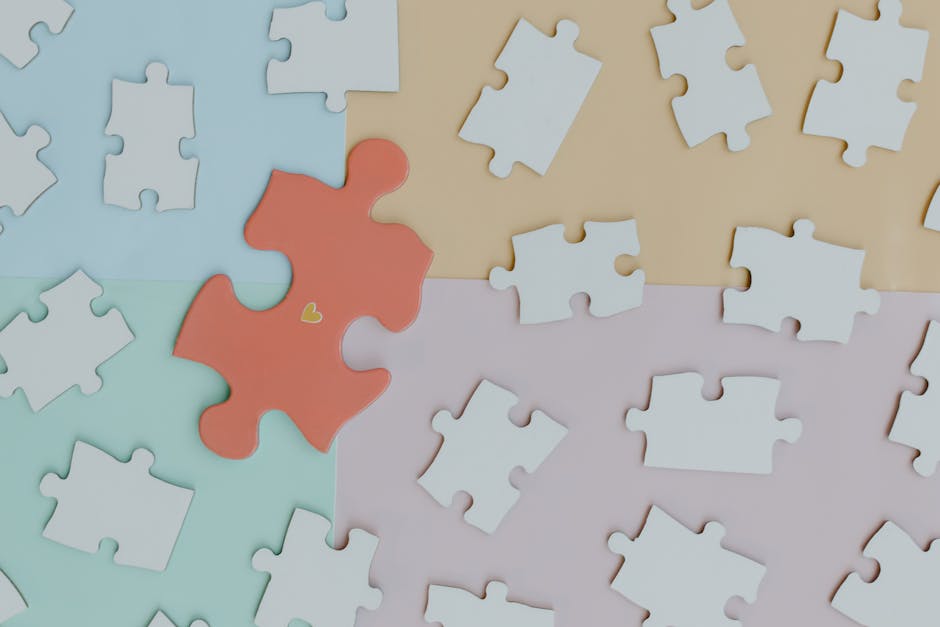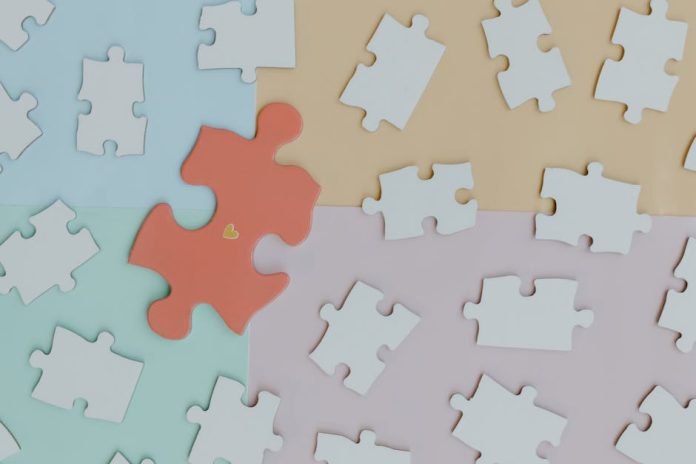
We’ve all been there. Staring blankly at a screen, grappling with a stubborn problem, feeling the familiar frustration creep in. Whether it’s a complex work project, a challenging puzzle, or even a personal dilemma, hitting a mental wall can be incredibly disheartening. But what if the solution wasn’t more effort, but rather a strategic retreat?
That’s right – science is increasingly pointing towards the power of the nap. Far from being a sign of laziness, a well-timed snooze can be your secret weapon for problem-solving, creativity, and boosting overall cognitive function. Let’s dive into why that seemingly idle hour might be the most productive part of your day.
The Brain’s Refresh Button: How Napping Works Wonders
During sleep, especially in the deeper stages, your brain isn’t just shutting down. It’s actively consolidating memories, processing information, and making new connections. When you’re awake and struggling with a problem, your brain is actively trying to force a solution, often leading to mental fatigue and tunnel vision. A nap, even a short one, allows your brain to:
- Consolidate Information: Napping helps move information from your short-term to your long-term memory, allowing for better recall and integration of learned material.
- Facilitate Insight: The resting brain can re-organize and connect seemingly unrelated pieces of information, often leading to those ‘aha!’ moments that elude us when we’re actively thinking.
- Improve Emotional Regulation: Feeling stressed or frustrated? A nap can help reset your emotional state, making you more resilient and open to solutions.
- Boost Alertness and Focus: Even a 20-minute power nap can significantly improve alertness and concentration, allowing you to tackle problems with renewed vigor.
The Science Behind the Snooze: Evidence You Can’t Ignore
Numerous studies have backed up the cognitive benefits of napping. Research published in journals like Nature Neuroscience has shown that naps can enhance performance on tasks requiring logical reasoning and creative problem-solving. Neuroscientists have observed increased brain activity in regions associated with insight during post-nap periods. The brain, in essence, gets a chance to ‘unstick’ itself.
When and How to Nap for Maximum Impact
Not all naps are created equal. To harness the problem-solving power of a nap, consider these tips:
- Keep it Short: Aim for 20-30 minutes for a power nap that enhances alertness without causing grogginess. Longer naps (90 minutes) can include REM sleep, which is also beneficial for creative processing.
- Timing is Key: The afternoon, typically between 1 PM and 3 PM, is often the best time for a nap as our natural circadian rhythms tend to dip during this period.
- Create the Right Environment: Find a quiet, dark, and cool place to maximize relaxation and sleep quality.
- Don’t Force It: If you can’t fall asleep, simply resting with your eyes closed can still be beneficial.
Beyond the Nap: Embracing Rest as a Productivity Tool
In our hustle-and-bustle culture, rest is often seen as a luxury. However, understanding the science behind napping reveals it as a powerful tool for productivity and problem-solving. So, the next time you find yourself stuck, don’t beat your head against the wall. Embrace the power of a nap and let your brain work its magic.

